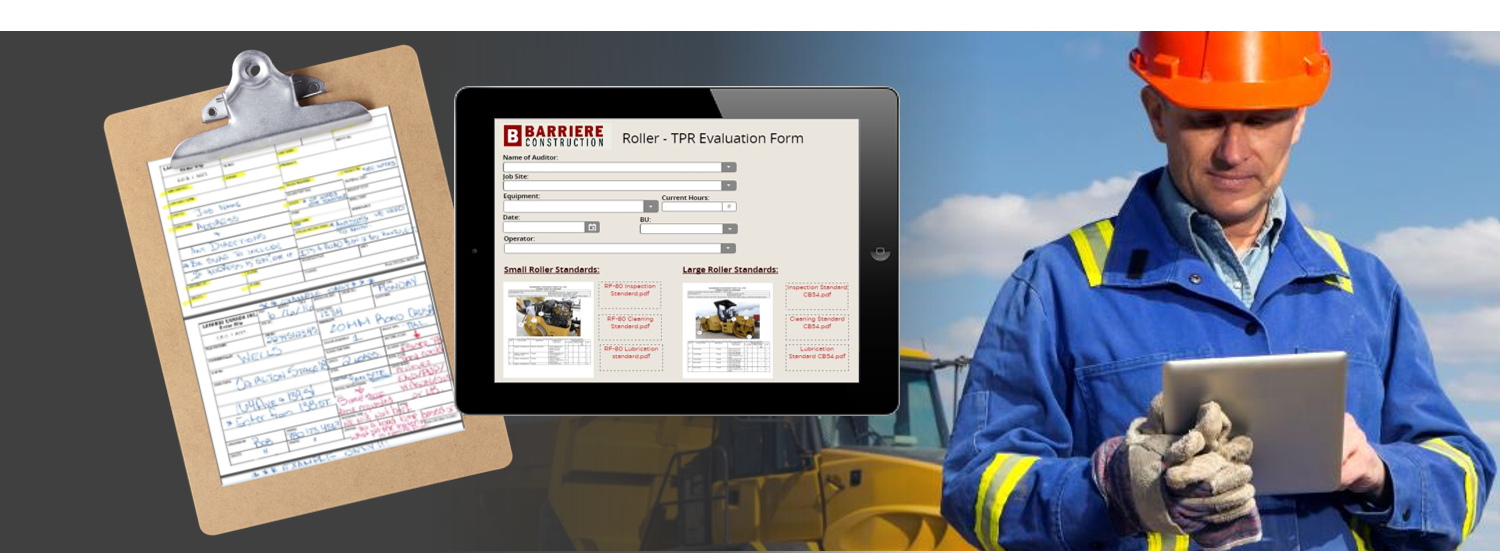
What's more, digital documents offer an even higher level of security because they can be encrypted and securely stored in digital wallets or servers. Unlike traditional paper documents, digital documents cannot be lost, stolen or duplicated, reducing the chances of costly disputes and delays. As a result, goods can be cleared faster and with fewer errors, which saves time and reduces costs.Įnhance security and reduce your cyber riskĭigital documents make the logistics industry more secure by providing a safer way to verify ownership and authenticity of cargo.
#Going paperless benefits manual#
This streamlines the clearance process and reduces the need for manual intervention.


But with digital documents, automated workflows can be implemented based on predetermined logic set up by customs officials. With traditional paper documents, customs officials must manually inspect each one. In addition, digital documents can make customs clearance faster and more accurate. That's because paper-based bills of lading provide limited visibility into cargo status and location, whereas digital documents can provide real-time updates, reducing the risk of delays. Importantly, they also enhance cargo tracking and visibility, so shippers and carriers can better manage their inventory and make more informed decisions. With global trade disruptions and port closures due to lockdowns, the transfer of paper bills of lading stopped, causing delays and making the process more challenging.ĭigital documents are beneficial because they reduce manual data entry that is time intensive and prone to error. And while some may hesitate due to concerns about data privacy and cross-border compatibility, these issues are precisely what these types of documents can address.Įliminate manual data entry and make more informed decisionsĭuring the COVID-19 pandemic, paper-based systems across the logistics industry were shown to have weaknesses. With eBLs, for example, shippers and carriers can quickly and easily create, sign, and share documents, eliminating the need for physical paper copies to be exchanged.Īs more companies adopt digital solutions in the logistics industry, it is likely that the use of eBLs will continue to grow in popularity, providing a more efficient and cost-effective alternative to traditional paper-based documentation. But the adoption of digital documents, such as electronic bills of lading (eBLs) or Letters of Credits (LCs), has the power to revolutionize the industry. The logistics industry has relied on paper-based documents for far too long.


 0 kommentar(er)
0 kommentar(er)
